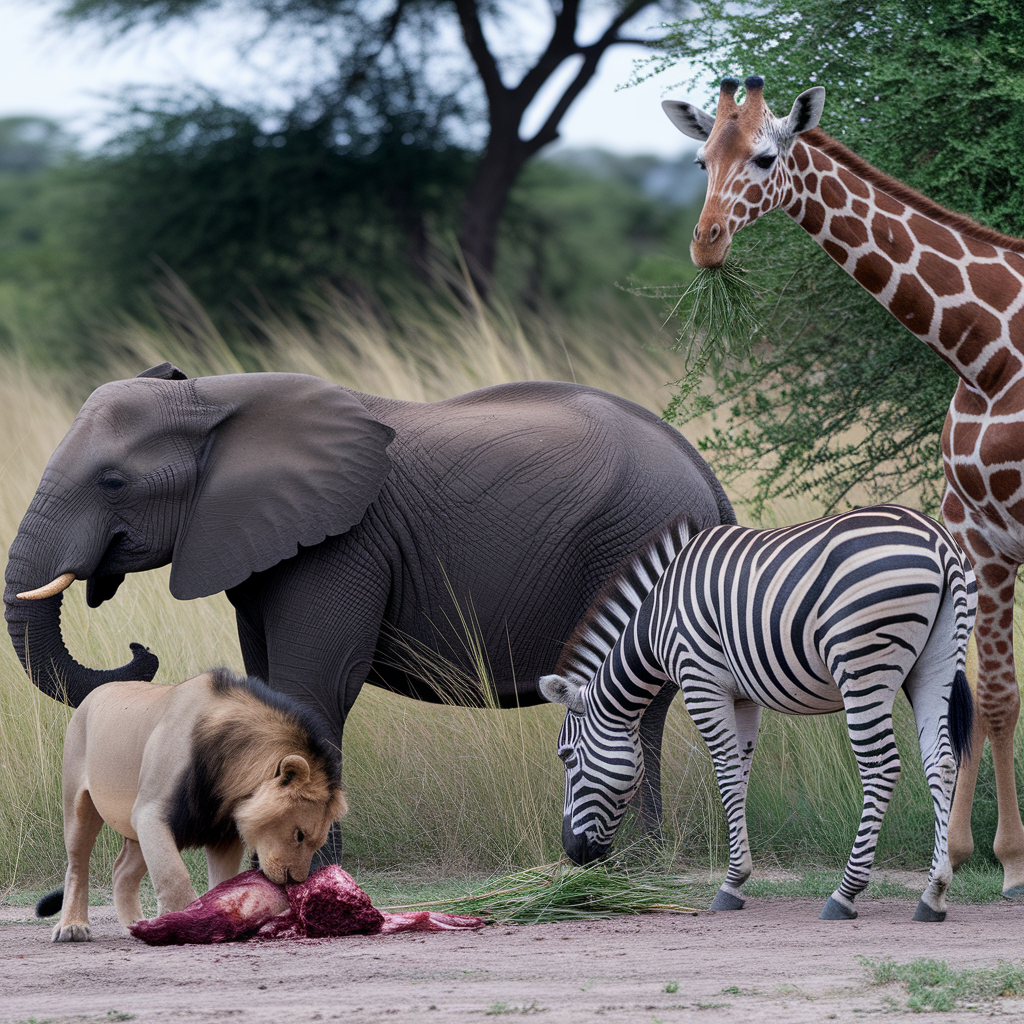Class VII – Science
Chapter 2: Nutrition in Animals
Answer the following questions
- Give an example of each of the following enzymes and state its function:
- A) Carbohydrase:
Answer: Amylase – It breaks down starch into sugars.
- B) Proteases:
Answer: Pepsin – It breaks down proteins into peptides.
- C) Lipases:
Answer: Lipase – It breaks down fats into fatty acids and glycerol.
- A) Carbohydrase:
- Principle of working of enzyme:
Answer: Enzymes work on the principle of the lock and key mechanism, where the enzyme (lock) binds to the substrate (key) to catalyze a chemical reaction.
- Special cells of liver that secrete bile juice:
Answer: Hepatocytes
- Special cells in the wall of the stomach that release hydrochloric acid:
Answer: Parietal cells
- Process of breaking down fat into smaller fat droplets by the action of bile juice:
Answer: Emulsification
- Name the glands and state their functions that take part in the process of digestion:
Answer: Salivary glands (produce saliva), liver (produces bile), pancreas (produces digestive enzymes)
- What are enzymes?
Answer: Enzymes are biological catalysts that speed up the rate of chemical reactions in the body without being consumed in the process.
- We should include roughage in our diet. Give a reason.
Answer: Roughage (dietary fiber) helps in the proper functioning of the digestive system by aiding bowel movements and preventing constipation.



